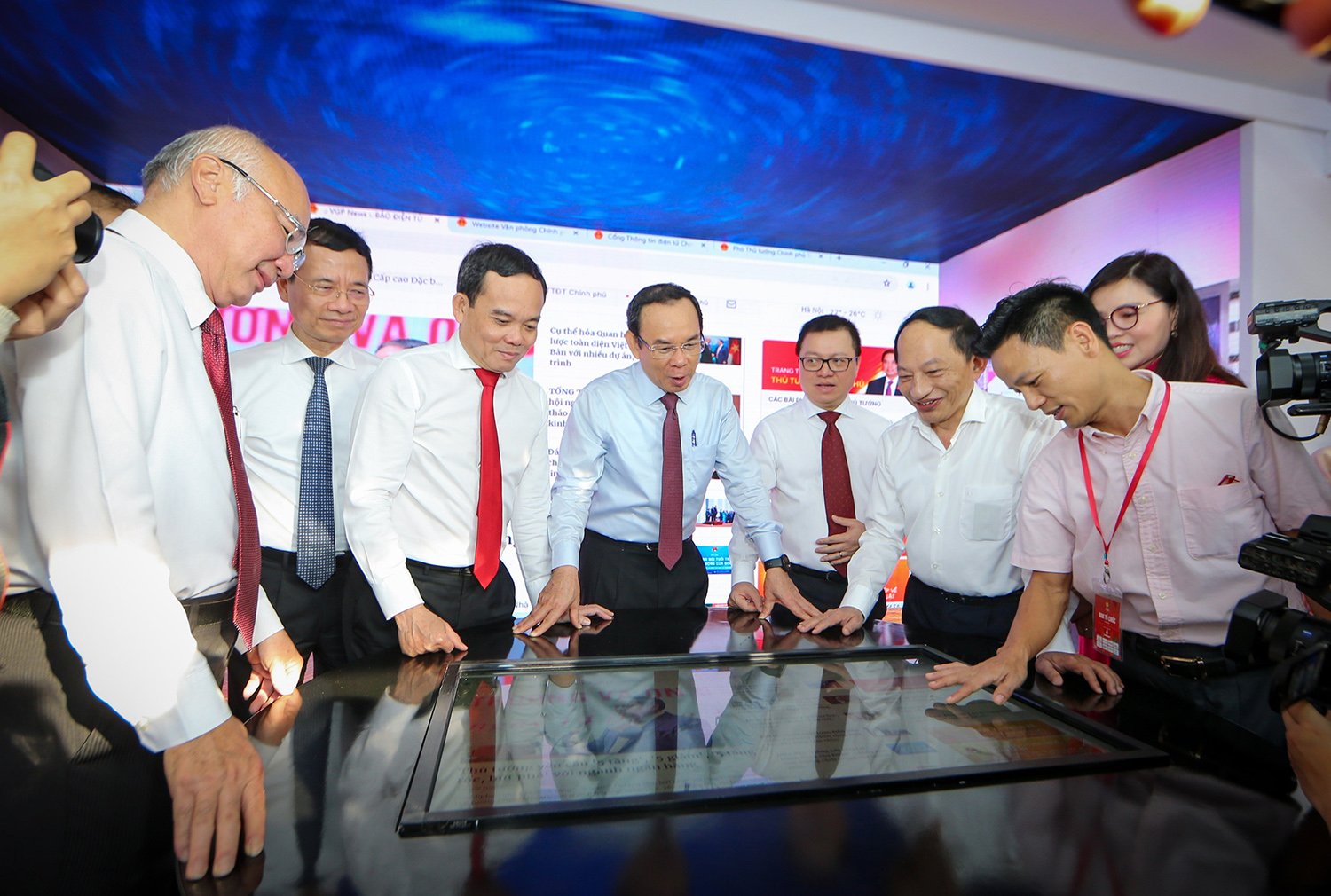
On the application of technology in journalism activities in Vietnam
The history of technology application in journalism is a continuous development process, closely linked to scientific and technical progress and the need for communication and information reception of the public. From the 17th to the 19th century, journalism developed thanks to the turning point of printing technology. Typo printing machines, then offset printing machines helped increase the speed of newspaper production, improve the quality and accessibility of information to the public (1) . Entering the 20th century, in the context of the Second Industrial Revolution, many supporting tools were applied to journalism activities, such as typewriters, telephones and radios. Print, radio and television were promoted with the support of cameras, film cameras, tape recorders, etc., contributing to expanding the scope of communication, improving the quality and effectiveness of communication (2) . From the end of the 20th century to the beginning of the 21st century, the emergence and explosion of the Internet contributed to the birth of electronic newspapers and social media. The Internet helps news to be released instantly, continuously and without being limited by space, time, or physical distance (3) . Entering the digital age and the influence of the Fourth Industrial Revolution has promoted the press to strongly apply artificial intelligence (AI), big data, VR/AR, and cloud computing in its operations. Along with social media, these technologies have contributed to changing the way information is accessed and produced. Readers are now also content creators, forming a multi-dimensional, highly interactive, public-centered journalism environment (4) . The press has transformed from a traditional model to multi-platform journalism, digital journalism. Since the 1990s, some of the world's major press names (such as The New York Times) have been forced to adapt to the explosion of the internet. Thanks to the rapid development of the Internet, readers can access information quickly, anytime, anywhere, clearly reflecting the development of technology in the media industry (5) . In recent years, AI, big data and automation have revolutionized the life of journalism. Newsrooms are applying AI to write short news, analyze trends and personalize content (for example, the Associated Press has used software to automatically write financial reports), thereby significantly saving time and costs in news production (6) .
President Ho Chi Minh - the founder, leader and founder of the Vietnamese revolutionary press - always considered the press as a sharp weapon of the revolution, a tool for propaganda,education , mass mobilization and fighting against the enemy. In the article " The press must serve the people" (1950), he emphasized: "The task of the press is to serve the people, serve the revolution. The press is the voice of the Party, the Government and the people" (7) . He also advised that journalists must practice ethics and learn constantly: "If you want to write good journalism, you must study, study politics, study culture, study journalism... Our press is revolutionary press, so press cadres must also be revolutionary soldiers" (8) . Ho Chi Minh's thoughts on the press are the guiding principle for the Vietnamese revolutionary press. Through the congresses, the Party has continuously updated, supplemented and developed its guiding viewpoints to suit the political, social and scientific-technological contexts in each historical period. The 11th Party Congress recognized the development of mass media, and the press was affirmed as an important channel to orient public opinion, reflect society, and propagate ideology. The Party required innovation in content and methods of operation, strengthened management, and built a team of press cadres with strong political conviction and good expertise, meeting new requirements (9) . The 12th Party Congress continued to affirm the key role of the press in propagating and protecting ideology, especially in the context of integration and technological development. The press was required to promote its orientation, combativeness, humanity and science, and at the same time operate within the legal framework, uphold professional ethics and social responsibility (10) . At the 13th Party Congress, the Party set the goal of building a professional, humane and modern press. The press is tasked with protecting ideological foundations, fighting against false and hostile arguments, and emphasizing the need to develop journalism in a multimedia direction, applying new technology, digital transformation, and improving content quality to meet readers' needs (11) .
By 2024, the country will have 884 press agencies, including 812 newspapers/magazines and 72 radio and television stations, with about 41,000 employees. Nearly 21,000 journalists have been granted cards (12) . However, according to the Planning Project to 2025, the number of press agencies will be reduced to about 688 units to improve quality and efficiency of operations, avoid overlap and waste, and better serve political tasks and the people in the digital age. In addition, press agencies are carrying out strong digital transformation based on the application of AI, big data, and cloud computing to optimize production processes and reach readers. The goal is to build a professional, humane, modern, and sustainably developing Vietnamese revolutionary press. At the same time, training human resources with good professional skills and knowledge of technology is also focused on to protect the Party's ideological foundation, fight against and refute erroneous and hostile viewpoints (13) .
In recent years, AI and automation have become prominent trends in the global journalism industry, helping media agencies optimize workflows and personalize user experiences. One typical example is the Italian newspaper Il Foglio , which launched a supplement written entirely by AI for a month. The results were positive as the number of readers increased significantly, boosting revenue, and the supplement has now been maintained as a weekly publication (14) . AI is also being applied to analyze information and orient public opinion, such as the Los Angeles Times using the “Insights” tool to analyze the political trends of articles, suggesting opposing views to help readers have a comprehensive view, avoid “echo chambers” and access multi-dimensional information (15) . However, the application of AI in journalism also has many potential risks, especially the explosion of “AI slop” - low-quality content automatically generated by AI. Fake or misleading images and texts are widely available on social media without editing, making it difficult for readers to distinguish between real and fake. This not only reduces the value of information but also becomes more dangerous when false information is spread (16) .
In our country, after 100 years of development, the Vietnamese revolutionary press is undergoing a digital transformation process to improve the quality of information and meet the diverse needs of the public, moving towards a professional, humane, and modern press. According to statistics, the number of press agencies achieving the "Excellent" level in digital transformation increased by 6.27%, the "Good" level increased by 14.99%, which shows that press agencies are actively investing in digital transformation (17) . However, the application of digital technology in some press agencies still faces many difficulties, such as weak and unsynchronized technology infrastructure. These limitations hinder the comprehensive digital transformation process, affecting the provision and optimization of information, and the quality of content is sometimes not guaranteed, leading to the risk of spreading fake news. Besides, the shortage of human resources with specialized technological skills is a big challenge, causing difficulties for the sustainable development of Vietnamese revolutionary journalism in the digital age.
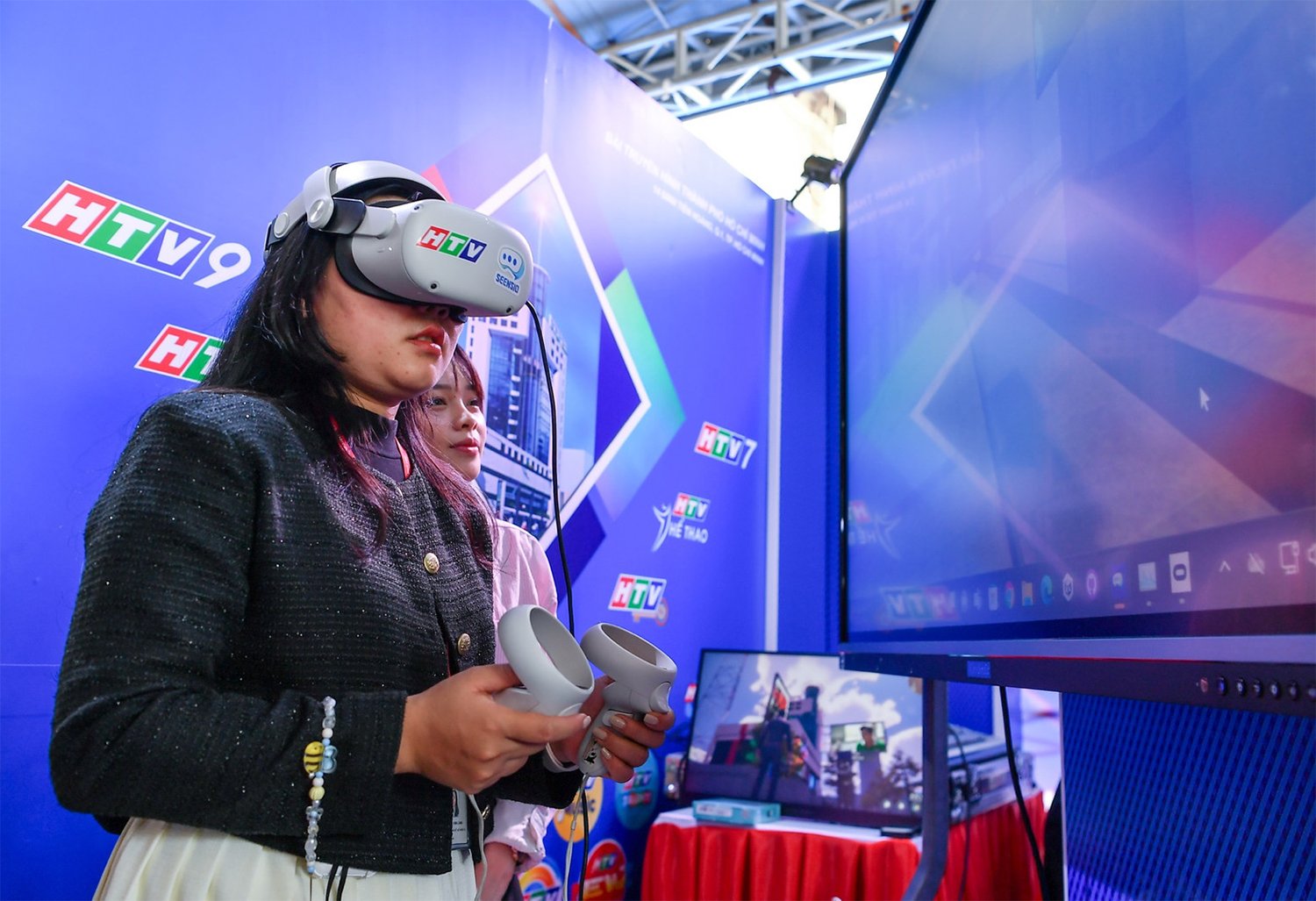
Digital transformation - a driving force for building a professional, civilized, and modern Vietnamese revolutionary press
Digital transformation is the main driving force behind the digital content industry in Vietnam. Technologies such as AI, big data and cloud computing help newspapers produce content quickly, manage effectively and distribute news optimally. The integration of technology allows for personalization of content and optimization of user experience, opening up new sources of revenue from advertising, paid subscriptions or digital products such as videos and podcasts. Domestic digital platforms, typically Nhan Dan Online Newspaper, Vietnam News Agency, etc., have effectively applied technology in producing press content, helping to expand distribution channels, strengthen reader connections and optimize revenue in the current competitive environment. Digital transformation also helps improve the quality of information, check and detect fake news, enhance the reliability and professionalism of journalism and open up great opportunities for Vietnamese press to integrate internationally. In the digital age, modern technology helps Vietnamese press connect more strongly with the world. News organizations can share information with a global audience, expanding their reach.
Vietnam's revolutionary press is witnessing new development trends, notably the model of converged newsrooms, AI applications and digital platform development. Some trends include: (1) Converged newsrooms integrate print, electronic, television and social media into a common system, helping to provide information quickly, accurately and diversely. (2) AI becomes an essential tool, helping to automate the editing process, analyze big data and personalize content. AI analyzes information, identifies trends, provides appropriate articles, improves the quality and speed of news production. AI also supports the detection of fake news, protecting the reputation of the press industry. (3) The development of digital platforms and the national digital press ecosystem is the focus. Press agencies are building integrated platforms, mobile applications and digital information channels to interact directly with readers, listen to feedback and respond to needs promptly. This not only enhances online presence but also helps Vietnamese press improve competitiveness and ensure national information security and safety.
In the coming time, to apply technology, innovate and transform digital journalism sustainably, it is necessary to focus on the following key solutions:
First, invest in technology infrastructure and digital platforms . To achieve the goal of digital transformation by 2030, one of the important solutions is to increase investment in technology infrastructure. Press agencies need to build and upgrade a synchronous digital infrastructure system, including content distribution platforms, data analysis tools, and cloud platforms to ensure stable and effective information provision. Developing digital platforms not only helps the press easily reach readers, but also optimizes news management and distribution. Modern content management, editorial management, and digital editorial systems will help automate the editing, distribution, and monitoring of the effectiveness of each article. Press and media agencies also need to cooperate with domestic and foreign technology companies to build a technology infrastructure platform, minimize dependence on third-party platforms, and ensure information safety and security.
Second, applying AI and big data analysis in content production . To optimize journalism and media activities, press agencies need to focus on applying AI and big data to support the automation of editorial processes, help detect fake news, analyze trends and personalize content for each audience. Data analysis helps press agencies better understand readers' behavior and preferences, thereby improving content strategies and increasing public engagement. Synthetic analysis platforms, capable of processing data from many different sources, help press agencies make accurate decisions that are suitable for actual needs. Integrating AI into creative activities, such as video creation and controlled automated writing, will help reduce the workload for editorial staff and increase productivity.
Third, strengthen human resource training and develop digital journalism teams . One of the key factors in the digital transformation process is human resource training and development. Press agencies need to develop plans to train modern journalism staff who are proficient in using new technologies. Improving the professional capacity of reporters, editors, and technical staff in the digital environment will help optimize the news production process and improve the quality of content. In-depth training programs on digital skills need to be implemented to help journalists improve work efficiency and comply with professional ethics in the digital media environment. In particular, equipping them with knowledge about information security and privacy will help press agencies maintain their reputation in providing accurate information and protecting readers' rights.
Fourth, strengthen information security and protect national information sovereignty . A major challenge in digital transformation of journalism is information security. With the development of AI technology, big data and digital platforms, the risk of information leakage or misuse is increasing. Press agencies need to invest heavily in information security technology, deploy solutions to protect reader data and internal information. Protecting national information sovereignty is an important factor in the Digital Transformation Strategy of Journalism. Press agencies need to build information monitoring and control systems to prevent fake news, distortion or misinformation. At the same time, there are good data security measures to avoid cyber attacks or loss of important information, ensuring reputation and public trust.
Fifth, develop a converged newsroom model, digital newsroom and multi-platform journalism. Digital transformation requires press agencies to develop a converged newsroom model, integrating various media, from print, electronic, television to social media channels and mobile applications. The model helps optimize the news production and distribution process, while increasing interaction with readers through different platforms. Multi-platform journalism not only helps bring information to a variety of readers quickly, but also creates opportunities to expand the readership and develop revenue sources from online advertising, service subscriptions or other forms of creative content. To effectively implement the above content, press agencies need to integrate modern technology tools into the editorial process, optimizing content products for each platform and user group.
Sixth, create a supportive legal and policy environment . To achieve the goal of digital transformation by 2030, it is necessary to build and perfect a system of policies and legal regulations to support the digital transformation of journalism. Policies need to facilitate the deployment of technology, protect the rights of users and encourage innovation in the journalism field. It is necessary to propose preferential tax policies, support human resource training, and invest in technology infrastructure so that press agencies can quickly apply technology to their operations.
To build a professional, humane and modern press and media, it is necessary to deploy many synchronous solutions, including investment in technology infrastructure and digital platforms, including content management systems and cloud computing, to automate the editing process and optimize the reader experience. Focus on training and developing human resources with good professional and technological skills, protecting information, developing a converged newsroom and creating a smooth and favorable legal environment for the Vietnamese revolutionary press to firmly integrate internationally in the new era./.
------------------------
(1) Keane, J: The media and the public sphere , Routledge, 2000
(2) Houghton, R., & O'Keefe, B. (2017). The rise of the digital press: Implications for traditional media, Journal of Media Studies , 45(2), pp.112 - 128, https://doi.org/10.1017/jms.2017.011
(3) Karlsson, M: The impact of the Internet on journalism: Transformations in the news industry, Media Studies Journal , 21(3), 2016, pp.45 - 63, https://doi.org/10.1080/msj.2016.0123
(4) Nielsen, RK, & Levy, DA L: The future of journalism: Digital disruption and new media. Reuters Institute for the Study of Journalism ., , 2019, https://reutersinstitute.politics.ox.ac.uk/future-journalism
(5) Pavlik, J. V: Journalism and new media, Columbia University Press, 2001
(6) Carlson, M: Automating the news: How algorithms are rewriting the media, Columbia University Press, 2015
(7) Ho Chi Minh: Complete Works, National Political Publishing House Truth, Hanoi, 2011, vol. 6, p. 179
(8) Ho Chi Minh: Complete Works, op. cit. , vol. 10, p. 347
(9) Documents of the 4th Conference of the 11th Central Executive Committee , National Political Publishing House Truth, Hanoi, 2012, p. 36
(10) Documents of the 4th Conference of the 12th Central Executive Committee , Central Party Office, Hanoi, 2016, pp. 38 - 39
(11) Documents of the 13th National Congress of Delegates , National Political Publishing House Truth, Hanoi, 2021, vol. I, p. 146
(12) TT: The development of journalism is closely linked to the development of technology, Information and Communication Magazine , February 27, 2025, https://ictvietnam.vn/su-phat-trien-cua-bao-chi-gan-lien-voi-su-phat-trien-cua-cong-nghe-68984.html
(13) Vu Trung Duy: Some issues on digital content conversion in Vietnamese magazines today, Electronic Communist Magazine , December 26, 2024, https://www.tapchicongsan.org.vn/web/guest/nghien-cu/-/2018/1034602/mot-so-van-de-ve-chuyen-doi-noi-dung-so-trong-cac-tap-chi-cua-viet-nam-hien-nay.asp x
(14) Crispian Balmer: Italian newspaper gives free rein to AI, admires its irony, Reuter , April 19, 2025, https://www.reuters.com/technology/artificial-intelligence/italian-newspaper-gives-free-rein-ai-admires-its-irony-2025-04-18
(15) Lois Beckett: LA Times to display AI-generated political rating on opinion pieces, The Guardian, March 3, 2025, https://www.theguardian.com/us-news/2025/mar/03/la-times-ai-opinion-rating
(16) Nesrine Malik: With 'AI slop' distorting our reality, the world is sleepwalking into disaster, The Guardian , April 21, 2025, https://www.theguardian.com/commentisfree/2025/apr/21/ai-slop-artificial-intelligence-social-media
(17) Reporter: Digital transformation to better fulfill the mission of journalism in the digital age, Ministry of Justice - Digital Transformation Special Page , December 17, 2024, https://dx.moj.gov.vn/chuyen-doi-so-de-thuc-hien-tot-hon-su-menh-cua-bao-chi-trong-ky-nguyen-so-819.htm-819.htm?utm_source=chatgpt.com
Source: https://tapchicongsan.org.vn/web/guest/kinh-te/-/2018/1094502/vai-tro-cua-cong-nghe-doi-voi-bao-chi-cach-mang-viet-nam.aspx








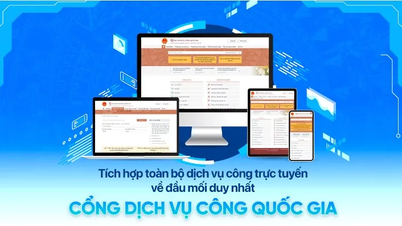

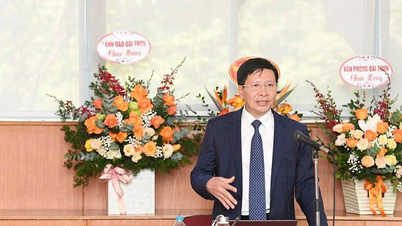




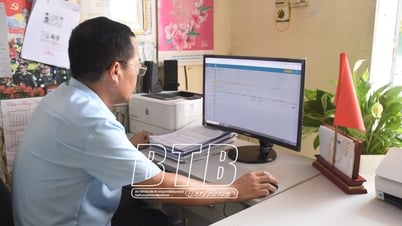

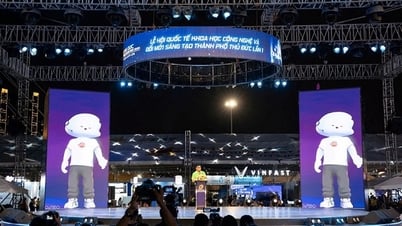

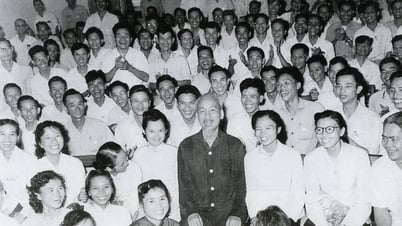
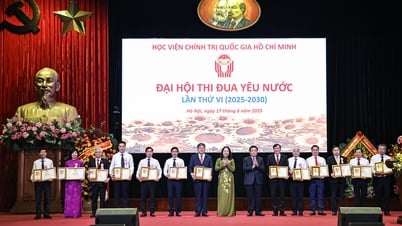

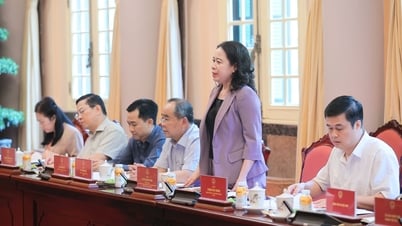
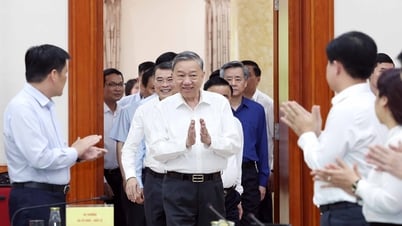
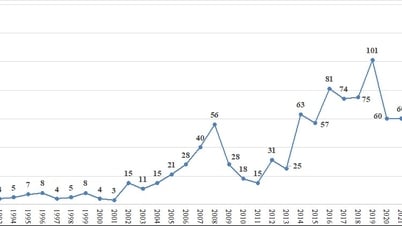





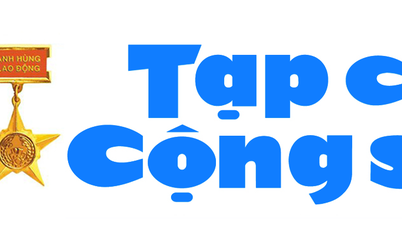
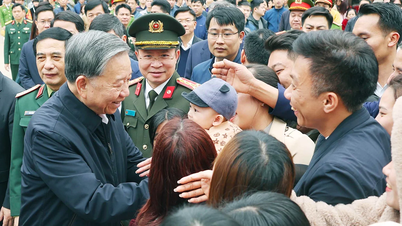
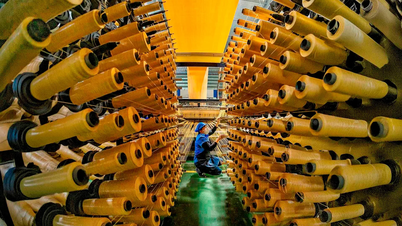
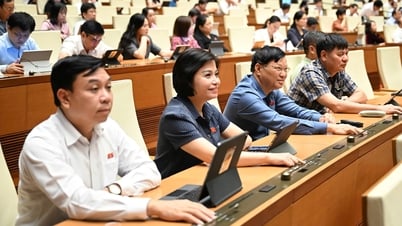

















































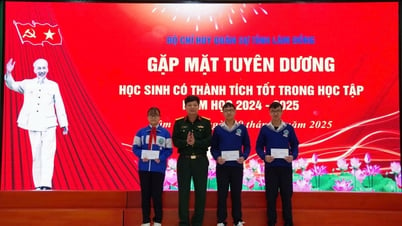

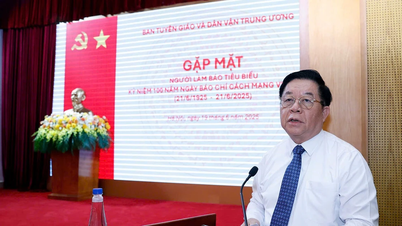

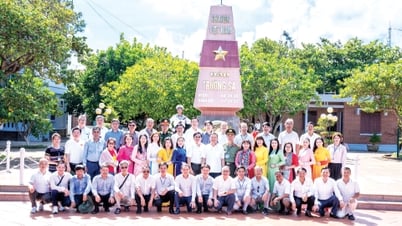

















Comment (0)